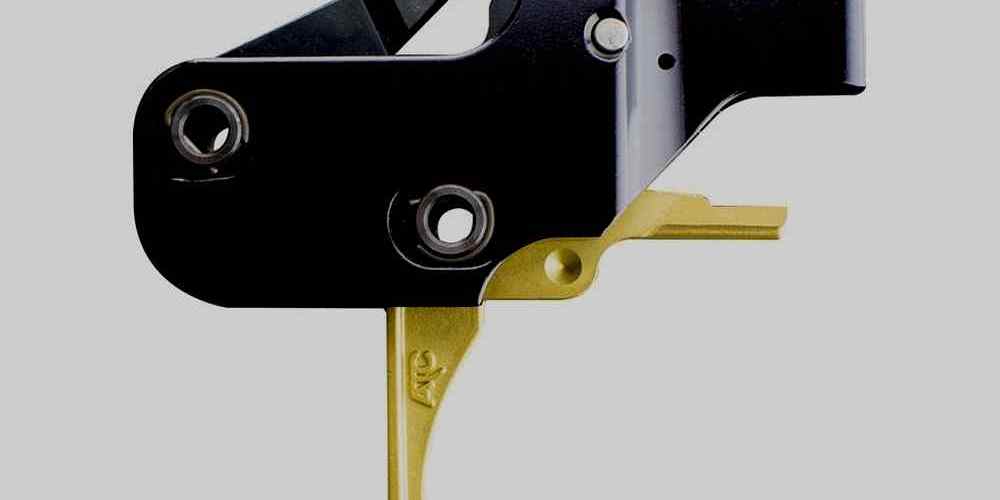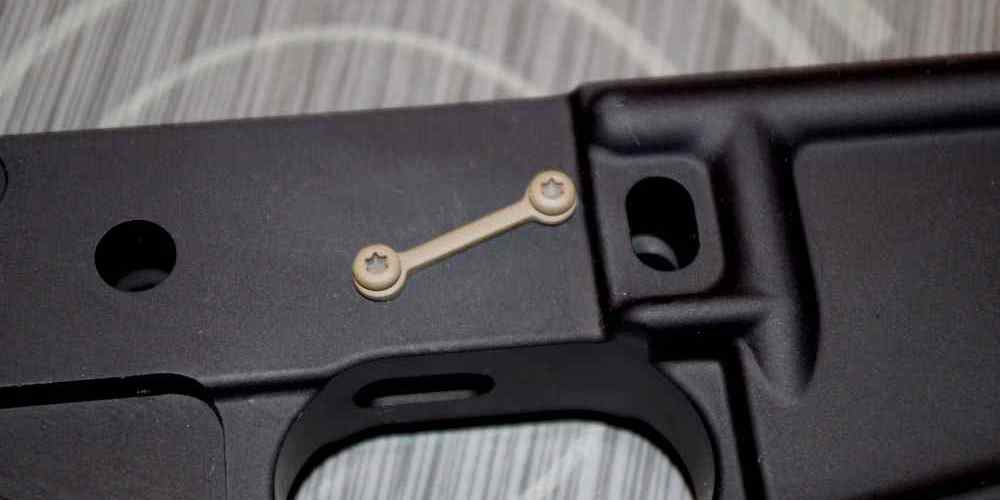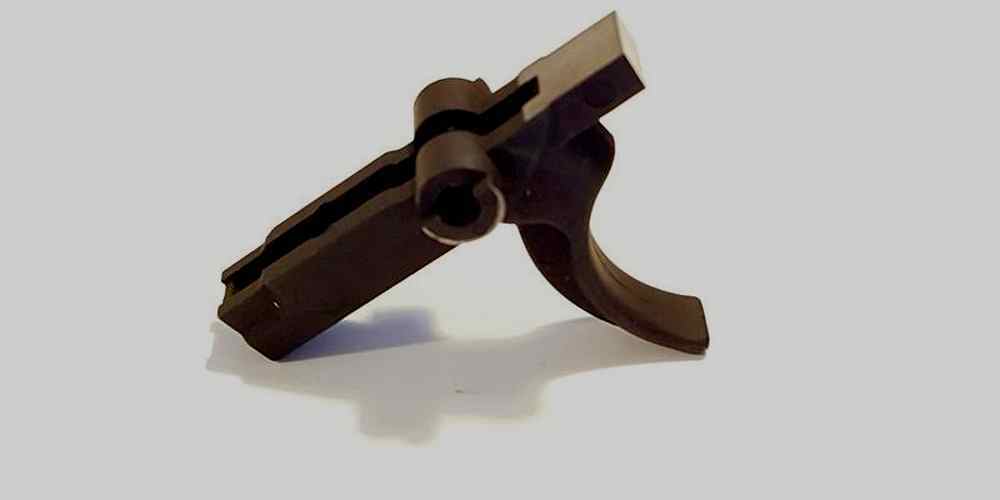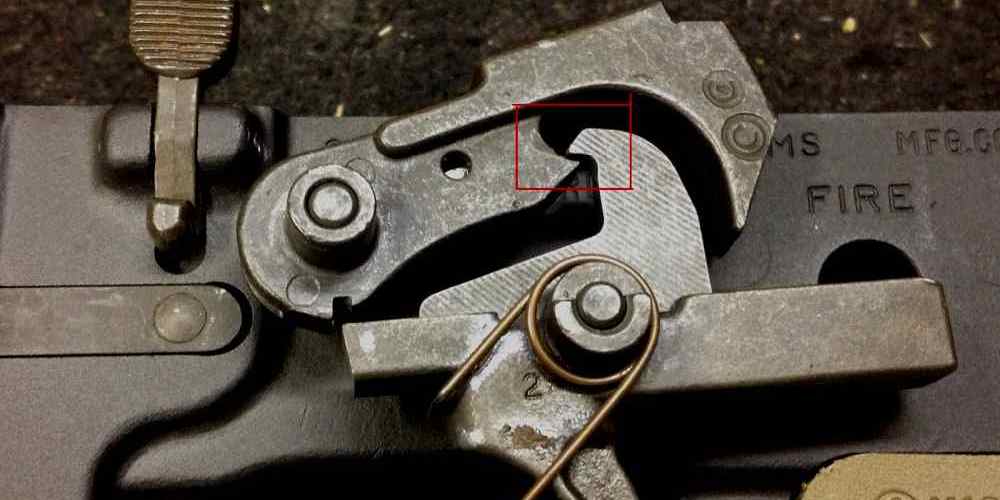“Precision in your hands or expertise in theirs – the choice is yours.”
Pros and Cons of DIY Trigger Adjustments
Trigger adjustments are a common practice among gun owners looking to improve the performance of their firearms. Whether it’s to reduce trigger pull weight, improve trigger feel, or eliminate trigger creep, making adjustments to your trigger can have a significant impact on your shooting experience. However, the question remains: should you attempt to make these adjustments yourself, or should you leave it to a professional gunsmith?
One of the main advantages of DIY trigger adjustments is the cost savings. Hiring a gunsmith to make trigger adjustments can be expensive, especially if you have multiple firearms that need attention. By learning how to make these adjustments yourself, you can save money in the long run and have the satisfaction of knowing that you did it on your own.
Another benefit of DIY trigger adjustments is the convenience. Instead of having to wait for an appointment with a gunsmith and potentially be without your firearm for an extended period of time, you can make the adjustments yourself at home. This allows you to tailor the trigger to your specific preferences and get back to shooting sooner.
However, there are also some drawbacks to DIY trigger adjustments that should be considered. One of the main concerns is the risk of damaging your firearm. Making incorrect adjustments to your trigger can result in malfunctions or even render your firearm unsafe to use. It’s important to have a good understanding of how triggers work and the proper techniques for making adjustments before attempting to do so yourself.
Another potential downside to DIY trigger adjustments is the lack of expertise. Gunsmiths have years of experience working on firearms and have the knowledge and skills to make precise adjustments that can improve the performance of your trigger. If you’re not confident in your abilities to make these adjustments yourself, it may be best to leave it to a professional.
In conclusion, there are pros and cons to both DIY trigger adjustments and hiring a gunsmith. If you’re looking to save money and have the convenience of making adjustments at home, DIY may be the way to go. However, if you’re concerned about damaging your firearm or lack the expertise to make precise adjustments, it may be best to leave it to a professional. Ultimately, the decision comes down to your comfort level and confidence in your abilities to make the necessary adjustments.
How to Safely Adjust Your Trigger at Home
Trigger adjustments can be a great way to customize your firearm to your liking, whether it’s for improved accuracy, comfort, or simply personal preference. However, the question often arises: should you attempt to make these adjustments yourself, or should you leave it to a professional gunsmith? In this article, we will explore the pros and cons of DIY trigger adjustments versus seeking the expertise of a gunsmith.
One of the main advantages of making trigger adjustments yourself is the cost savings. Gunsmith services can be expensive, and if you have some basic knowledge of firearms and the right tools, you may be able to make the adjustments on your own. There are plenty of resources available online, such as tutorials and forums, that can guide you through the process step by step.

However, it’s important to note that making trigger adjustments can be a delicate process that requires precision and attention to detail. If done incorrectly, it can not only affect the performance of your firearm but also compromise safety. This is where the expertise of a gunsmith comes in. Gunsmiths have the knowledge and experience to make precise adjustments that will ensure the proper functioning of your firearm.
Another factor to consider is the warranty of your firearm. Some manufacturers may void the warranty if any modifications are made to the trigger by someone other than a certified gunsmith. If you are concerned about maintaining the warranty of your firearm, it may be best to leave trigger adjustments to a professional.
On the other hand, DIY trigger adjustments can be a rewarding experience for those who enjoy working on their firearms and have the necessary skills and tools. It can also give you a better understanding of how your firearm works and how different components interact with each other. Just be sure to proceed with caution and follow all safety guidelines to avoid any accidents.
If you do decide to make trigger adjustments yourself, there are a few key things to keep in mind. First, always make sure your firearm is unloaded before starting any work. Safety should always be the top priority when working on firearms. Second, take your time and follow the instructions carefully. Rushing through the process can lead to mistakes that could have serious consequences.
It’s also important to test your adjustments in a safe environment, such as a shooting range, to ensure that your firearm is functioning properly. If you notice any issues or inconsistencies, it’s best to seek the help of a gunsmith to make the necessary corrections.
In conclusion, whether you choose to make trigger adjustments yourself or seek the expertise of a gunsmith, it’s important to approach the process with caution and respect for the firearm. DIY trigger adjustments can be a cost-effective way to customize your firearm, but it’s crucial to have the necessary skills and knowledge to do so safely. If you’re unsure or uncomfortable with making adjustments yourself, don’t hesitate to consult a professional gunsmith. Ultimately, the goal is to ensure the safety and performance of your firearm while also enjoying the customization options available to you.
When to Seek Professional Help from a Gunsmith
When it comes to firearms, proper maintenance and adjustments are crucial for optimal performance and safety. One common adjustment that gun owners may need to make is trigger adjustments. The trigger is a critical component of a firearm, as it is responsible for initiating the firing sequence. A well-adjusted trigger can improve accuracy and overall shooting experience. However, making trigger adjustments can be a delicate process that requires precision and expertise. In this article, we will discuss when it is appropriate to seek professional help from a gunsmith for trigger adjustments.
While some gun owners may feel confident in their ability to make trigger adjustments on their own, it is important to consider the potential risks involved. Improperly adjusting the trigger can result in a malfunctioning firearm, which can be dangerous. A gunsmith has the knowledge and experience to make precise adjustments to the trigger without compromising the safety or functionality of the firearm.
If you are unsure of how to properly adjust the trigger on your firearm, it is best to seek the assistance of a gunsmith. A gunsmith can assess the condition of the trigger and make the necessary adjustments to ensure that it is functioning properly. Additionally, a gunsmith can provide valuable insight and recommendations for improving the performance of your firearm.
Another reason to seek professional help from a gunsmith for trigger adjustments is if you are experiencing issues with the trigger. If you notice that the trigger is sticking, gritty, or has excessive play, it may be a sign that adjustments are needed. A gunsmith can diagnose the problem and make the necessary adjustments to restore the trigger to its optimal condition.
In some cases, trigger adjustments may require specialized tools or equipment that are not readily available to the average gun owner. A gunsmith has access to a wide range of tools and equipment that are specifically designed for making trigger adjustments. By entrusting your firearm to a gunsmith, you can be confident that the adjustments will be made with precision and care.
Additionally, seeking professional help from a gunsmith for trigger adjustments can help preserve the value of your firearm. A gunsmith has the expertise to make adjustments in a way that minimizes wear and tear on the firearm. This can help extend the lifespan of your firearm and maintain its resale value.
Ultimately, the decision to seek professional help from a gunsmith for trigger adjustments will depend on your level of experience and comfort with firearms. If you are unsure of how to properly adjust the trigger or are experiencing issues with the trigger, it is best to err on the side of caution and seek the assistance of a gunsmith. A gunsmith can provide expert guidance and ensure that your firearm is in optimal condition for safe and reliable use.
Common Mistakes to Avoid When Adjusting Triggers
When it comes to firearms, one of the most important components to consider is the trigger. The trigger is what allows the shooter to fire the gun, so it’s crucial that it is properly adjusted for accuracy and safety. However, adjusting a trigger can be a tricky task, and there are common mistakes that many gun owners make when attempting to do so.
One of the biggest mistakes that people make when adjusting triggers is trying to do it themselves without the proper knowledge or tools. While it may seem like a simple task, adjusting a trigger requires a certain level of expertise and precision. If done incorrectly, it can not only affect the performance of the gun but also pose a safety risk.
Another common mistake is not understanding the mechanics of the trigger system. Each gun is different, and the trigger mechanism can vary greatly from one model to another. It’s important to have a good understanding of how the trigger works before attempting to make any adjustments. This will help ensure that you make the right adjustments and avoid any potential problems.
One of the most common mistakes that people make when adjusting triggers is over-tightening or loosening the screws. This can cause the trigger to become too sensitive or too stiff, affecting the gun’s accuracy and reliability. It’s important to follow the manufacturer’s guidelines when making adjustments and to use the proper tools to avoid damaging the trigger mechanism.
Another mistake that people often make is not testing the trigger after making adjustments. It’s important to test the trigger to ensure that it is functioning properly and that the adjustments have been made correctly. This will help you identify any issues and make any necessary corrections before using the gun.
When it comes to adjusting triggers, many gun owners wonder whether they should attempt to do it themselves or seek the help of a professional gunsmith. While some adjustments can be made by the average gun owner, more complex adjustments should be left to a gunsmith. A gunsmith has the knowledge and experience to make the proper adjustments and ensure that the gun is safe and reliable.
If you do decide to adjust the trigger yourself, it’s important to take your time and be patient. Rushing through the process can lead to mistakes and potentially damage the gun. Make sure to follow the manufacturer’s guidelines and use the proper tools to make the adjustments.
In conclusion, adjusting triggers is an important task that should not be taken lightly. There are common mistakes that many gun owners make when attempting to adjust triggers, such as not understanding the mechanics of the trigger system, over-tightening or loosening screws, and not testing the trigger after making adjustments. If you’re unsure about how to adjust your trigger, it’s best to seek the help of a professional gunsmith. By avoiding these common mistakes and taking the time to make the proper adjustments, you can ensure that your gun is safe, accurate, and reliable.
Legal Considerations for DIY Trigger Adjustments
Trigger adjustments are a common practice among gun owners looking to improve the performance of their firearms. Whether it’s to reduce trigger pull weight, improve trigger feel, or eliminate trigger creep, making adjustments to your trigger can have a significant impact on your shooting experience. However, before you grab your tools and start tinkering with your trigger, it’s important to consider the legal implications of DIY trigger adjustments.
In the United States, the legality of making trigger adjustments on your own firearm can vary depending on the state you live in. Some states have strict regulations on modifying firearms, including triggers, and may require you to have a gunsmith perform the adjustments. Violating these regulations could result in criminal charges and the confiscation of your firearm.
Even if your state doesn’t have specific laws regarding trigger adjustments, there are still legal considerations to keep in mind. For example, if you make a trigger adjustment that causes your firearm to malfunction and injure someone, you could be held liable for negligence. It’s important to ensure that any modifications you make to your trigger are done safely and in accordance with manufacturer guidelines.
If you’re unsure about the legality of making trigger adjustments on your own firearm, it’s best to consult with a gunsmith or legal expert. They can provide guidance on the laws in your state and help you determine the best course of action for making adjustments to your trigger.
While DIY trigger adjustments can be a cost-effective way to improve your shooting experience, there are some risks involved. If you’re not familiar with the inner workings of your firearm, you could inadvertently damage it or create a safety hazard. In these cases, it’s best to leave trigger adjustments to a qualified gunsmith who has the knowledge and experience to make modifications safely.
Gunsmiths are trained professionals who specialize in working on firearms. They have the tools and expertise needed to make precise adjustments to triggers without compromising the safety or functionality of the firearm. By entrusting your trigger adjustments to a gunsmith, you can have peace of mind knowing that the work is being done correctly and in compliance with all legal regulations.
In addition to ensuring the safety and legality of trigger adjustments, working with a gunsmith can also provide other benefits. Gunsmiths can offer advice on the best trigger modifications for your specific firearm and shooting preferences. They can also perform a thorough inspection of your firearm to identify any other issues that may need to be addressed.
Ultimately, the decision to make trigger adjustments yourself or seek the help of a gunsmith is a personal one. If you have the knowledge and experience to safely make modifications to your trigger, DIY adjustments can be a rewarding way to customize your firearm. However, if you’re unsure about the process or want to ensure that the work is done correctly, it’s best to leave trigger adjustments to a qualified gunsmith.
In conclusion, when it comes to trigger adjustments, it’s important to consider the legal implications of DIY modifications. By understanding the laws in your state and seeking the guidance of a gunsmith, you can make informed decisions about how to improve the performance of your firearm safely and legally. Whether you choose to make trigger adjustments yourself or enlist the help of a gunsmith, the most important thing is to prioritize safety and compliance with all regulations.








